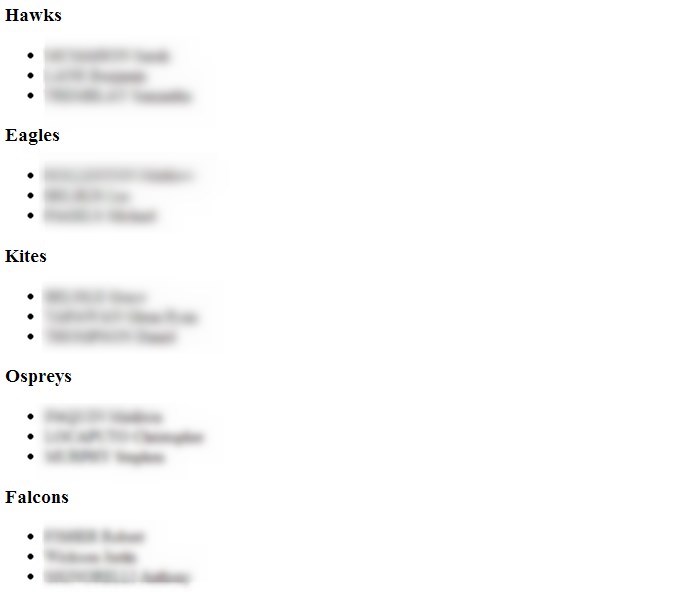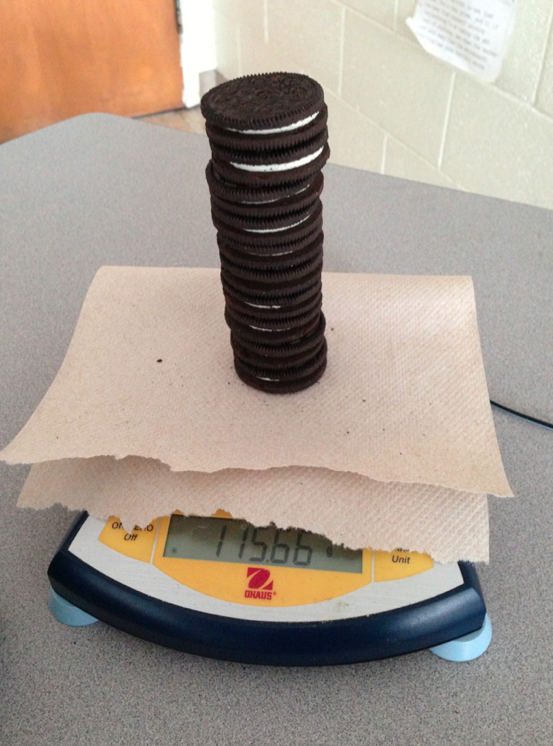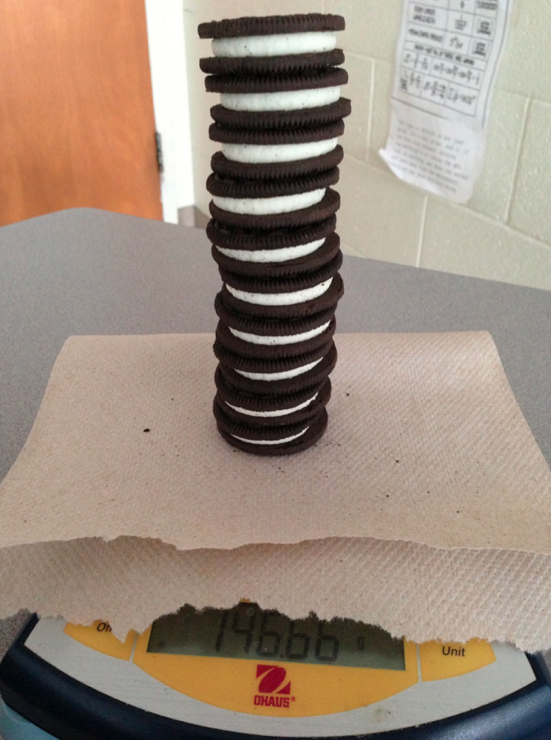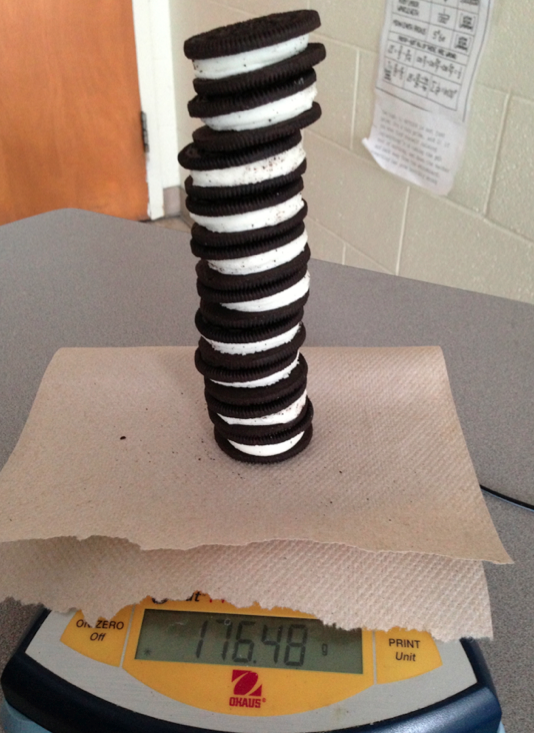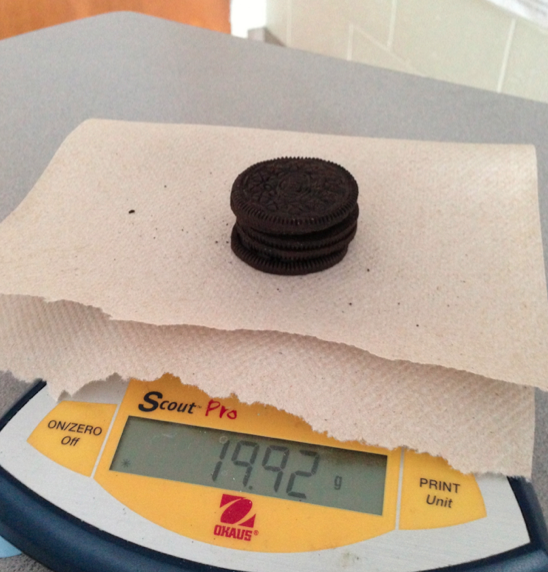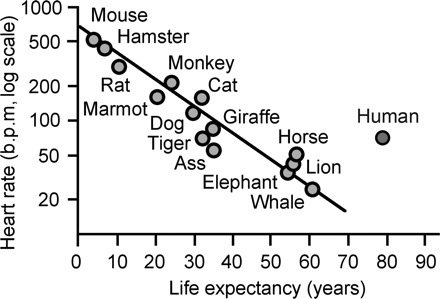Intro to Computer programming worked at calculating digits of pi today. The actual algorithms aren’t too bad, but getting more than the standard number of digits from a double is a bit trickier. Here’s a program that calculates pi using:
Bailey–Borwein–Plouffe formula

Bellard’s formula

and
Chudnovsky algorithm

Holy smokes is Chudnovsky algorithm’s fast!
Plouff Bellard Chudnovsky
Iteration number 1 3.133333333333333333333333 3.141765873015873015873017 3.141592653589734207668453
Iteration number 2 3.141422466422466422466422 3.141592571868390306374053 3.141592653589793238462642
Iteration number 3 3.141587390346581523052111 3.141592653642050769944284 3.141592653589793238462642
Iteration number 4 3.141592457567435381837004 3.141592653589755368080514 3.141592653589793238462642
Iteration number 5 3.141592645460336319557021 3.141592653589793267843377 3.141592653589793238462642
Iteration number 6 3.141592653228087534734378 3.141592653589793238438852 3.141592653589793238462642
Iteration number 7 3.141592653572880827785241 3.141592653589793238462664 3.141592653589793238462642
Iteration number 8 3.141592653588972704940778 3.141592653589793238462644 3.141592653589793238462642
Iteration number 9 3.141592653589752275236178 3.141592653589793238462644 3.141592653589793238462642
Iteration number 10 3.141592653589791146388777 3.141592653589793238462644 3.141592653589793238462642
Iteration number 11 3.141592653589793129614171 3.141592653589793238462644 3.141592653589793238462642
Iteration number 12 3.141592653589793232711293 3.141592653589793238462644 3.141592653589793238462642
Iteration number 13 3.141592653589793238154767 3.141592653589793238462644 3.141592653589793238462642
Iteration number 14 3.141592653589793238445978 3.141592653589793238462644 3.141592653589793238462642
Iteration number 15 3.141592653589793238461733 3.141592653589793238462644 3.141592653589793238462642
Iteration number 16 3.141592653589793238462594 3.141592653589793238462644 3.141592653589793238462642
Iteration number 17 3.141592653589793238462641 3.141592653589793238462644 3.141592653589793238462642
Iteration number 18 3.141592653589793238462644 3.141592653589793238462644 3.141592653589793238462642
Iteration number 19 3.141592653589793238462644 3.141592653589793238462644 3.141592653589793238462642
Source code (Python)
from decimal import *
#Sets decimal to 25 digits of precision
getcontext().prec = 25
def factorial(n):
if n<1:
return 1
else:
return n * factorial(n-1)
def plouffBig(n): #http://en.wikipedia.org/wiki/Bailey%E2%80%93Borwein%E2%80%93Plouffe_formula
pi = Decimal(0)
k = 0
while k < n:
pi += (Decimal(1)/(16**k))*((Decimal(4)/(8*k+1))-(Decimal(2)/(8*k+4))-(Decimal(1)/(8*k+5))-(Decimal(1)/(8*k+6)))
k += 1
return pi
def bellardBig(n): #http://en.wikipedia.org/wiki/Bellard%27s_formula
pi = Decimal(0)
k = 0
while k < n:
pi += (Decimal(-1)**k/(1024**k))*( Decimal(256)/(10*k+1) + Decimal(1)/(10*k+9) - Decimal(64)/(10*k+3) - Decimal(32)/(4*k+1) - Decimal(4)/(10*k+5) - Decimal(4)/(10*k+7) -Decimal(1)/(4*k+3))
k += 1
pi = pi * 1/(2**6)
return pi
def chudnovskyBig(n): #http://en.wikipedia.org/wiki/Chudnovsky_algorithm
pi = Decimal(0)
k = 0
while k < n:
pi += (Decimal(-1)**k)*(Decimal(factorial(6*k))/((factorial(k)**3)*(factorial(3*k)))* (13591409+545140134*k)/(640320**(3*k)))
k += 1
pi = pi * Decimal(10005).sqrt()/4270934400
pi = pi**(-1)
return pi
print "\t\t\t Plouff \t\t Bellard \t\t\t Chudnovsky"
for i in xrange(1,20):
print "Iteration number ",i, " ", plouffBig(i), " " , bellardBig(i)," ", chudnovskyBig(i)




